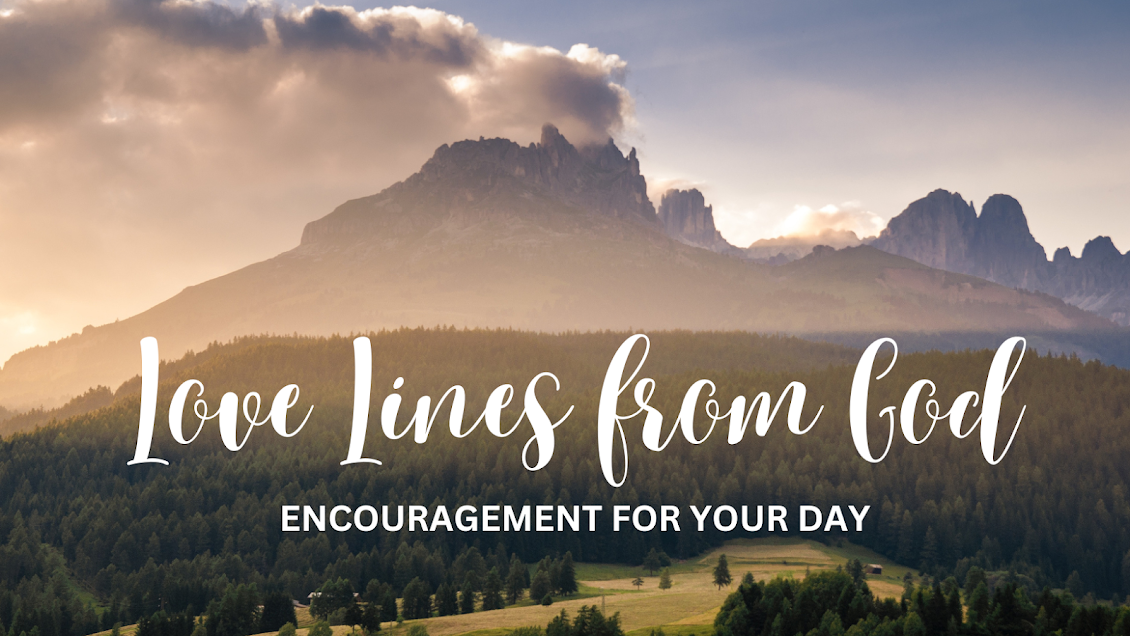Fall Back, Not Under
Germany and its World War I Allies began the practice on April 30, 1916, as a way to conserve coal. America soon followed suit.
When I was a child, I relished the extra daylight hours Daylight Savings Time provided. There was more time to play outside with my friends. But in the fall, I loathed the long hours of darkness.
As an adult, the “falling back one hour”—along with the decreased amount of light, often leads me and hundreds of others into a gloomy and sometimes depressed mood physicians have labeled the “winter blues”—and in its more severe form SAD (Seasonal Affective Disorder). I find myself out of energy and struggling to make it through the day. My body craves more light…more vigor. Read more...
When I was a child, I relished the extra daylight hours Daylight Savings Time provided. There was more time to play outside with my friends. But in the fall, I loathed the long hours of darkness.
As an adult, the “falling back one hour”—along with the decreased amount of light, often leads me and hundreds of others into a gloomy and sometimes depressed mood physicians have labeled the “winter blues”—and in its more severe form SAD (Seasonal Affective Disorder). I find myself out of energy and struggling to make it through the day. My body craves more light…more vigor. Read more...
Tweetable: Are you falling back, or under?






No comments:
Post a Comment